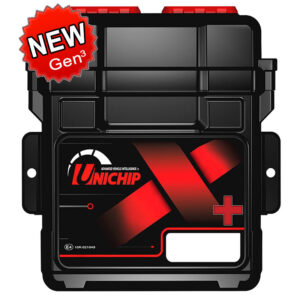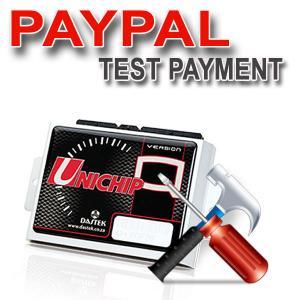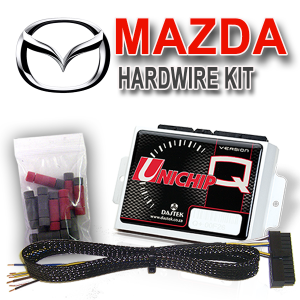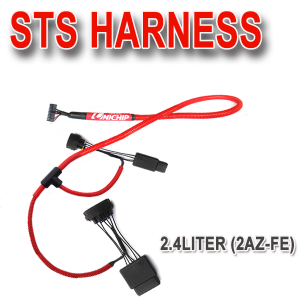How To… Classic Unichip vs Q or Q+
Classic Unichip
One of the most common questions we receive is what version Unichip do I have, Classic, Q or Q plus?
The classic version Unichip came in different versions which was A, B, C and D.
The “A” version is basically for older cars with distributors, it has a white 16 pin connector
The “B” version is for cars with crank angle sensors with 60 teeth of which two are missing. (Typical Motronic units.) it has a white 18 pin connector
The “C” version is for cars with 36 teeth with one tooth missing like the new Fords and also for cars with 36 teeth with two teeth missing like the Toyota’s. it has a white 18 pin connector
The “D” version is for any vehicle that doesn’t fit in the above category.
More… Scroll down for a more detailed list of the different classic Unichip versions
Q Unichip and Q +
The new Q version Unichip can handle 99% of all variations found in modern vehicles today and replace the all previous versions Unichip which include A, B, C, D versions.
The picture below you can see the difference between the classic, Q and Q+ Unichip’s
Click on the image below to enlarge
[singlepic id=72 w=320 h=240 float=center]
Classic Version Unichip’s detailed description:
Version A
The Version A Unichip was the first version Unichip ever built. It can do ignition timing and fuelling control on most older vehicles with adjustable distributors or crank sensors. It had some boost control and road-speed governor functions.
It has a white 16 pin connector and a 6 pin connector. On versions without serial numbers they were blue. On the later versions with serial numbers the serial number will start with an A.
Version B
The Version B Unichip was the second version Unichip ever built. It can do ignition timing and fuelling control on most vehicles with crank sensors with a 60 – 2 teeth pattern (commonly know as the Bosch Motronic system). These are commonly found on most German cars and some others. It had some boost control and road-speed governor functions.
It had a white 18 pin connector and a 6 pin connector. On versions without serial numbers they were Red. On the later versions with serial numbers the serial number will start with a B.
Version C
The Version C Unichip was the third version Unichip ever built. It can do ignition timing and fueling control on most vehicles with crank sensors with a 36-1 or 36 -2 teeth pattern (as commonly found on Ford, Toyota and some Subarus). It had some boost control and road-speed governor functions.
It had a white 18 pin connector and a 6 pin connector. On versions without serial numbers they were Purple. On the later versions with serial numbers the serial number will start with a C.
Version D
Several different version D units were made ranging from D1 to D25. Almost all these have been replaced by the version Q. A very short description of each follows:
D1: Ford Falcon road speed removal unit
D2: For some older TDI vehicles with mechanical Bosch diesel pumps
D3: For some Toyota Prado/1kz-te diesel engines
D4: For some Holden Commodores
D5: For a few vehicles with air flow meters that worked with signals bigger than 5 volts. (Very limited application.)
D6: Used to convert old Rover V8 engines into electronic ignition timing control.
D7: Combination of a D6 and D5 described above. (Very limited application.)
D8: Version B with stronger fuel mixture control.
D9: Version A with stronger fuel mixture control.
D10: Version A with even stronger fuel mixture control.
D11: Version C with stronger fuel mixture control.
D12: Older Mitsubichi TDI Fuel control.
D13: Older Mitsubishi TDI injection timing control.
D15: Some Nissan Almera and Subaru from about 2001 onwards.
D19: For some Toyota Prado/1KZ-TE diesel engines.
D20: Some Mazda Miata models.
D21: Some Jeep Chrysler 6 Cyl.
D22: Diesel Nissan X-Trail.
D23: Some Hondas with 12+1 teeth on the crank sensors.
D24: Some Audi Diesels.
D25: Some VW Polo 3 cylinder TDI




